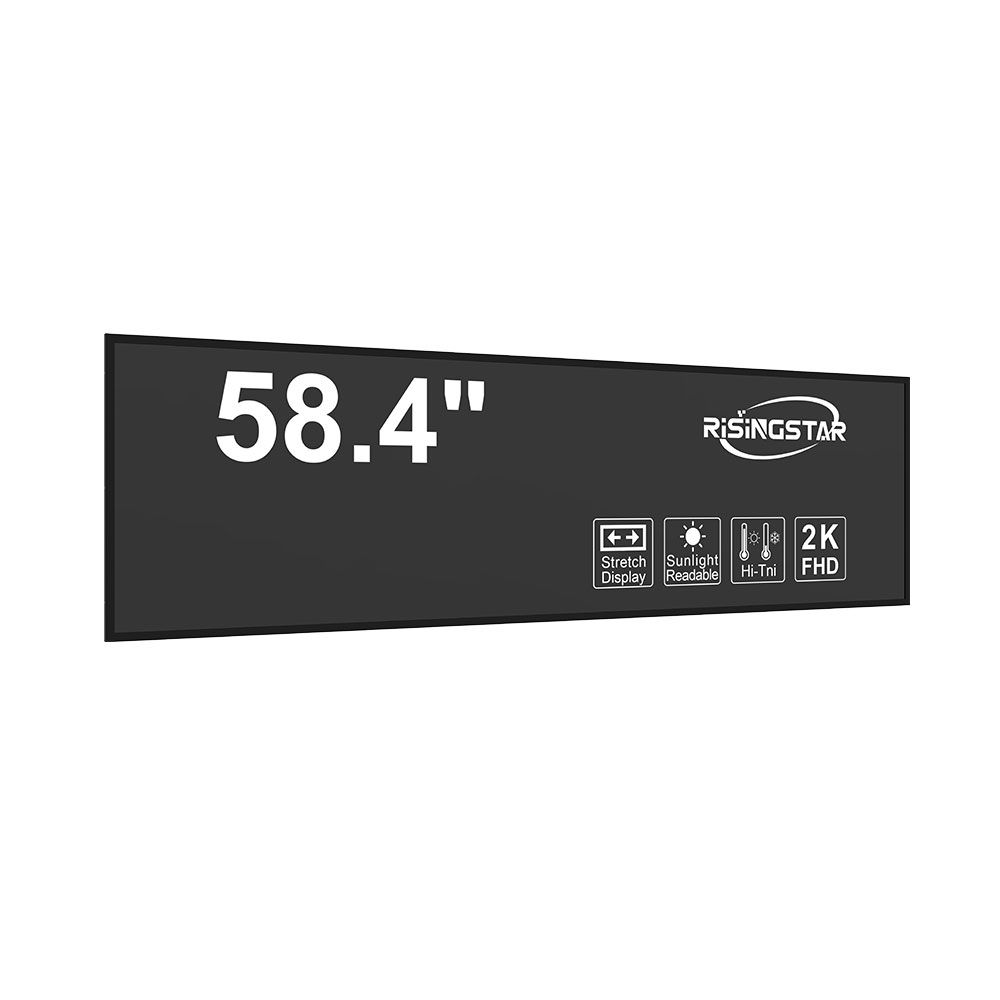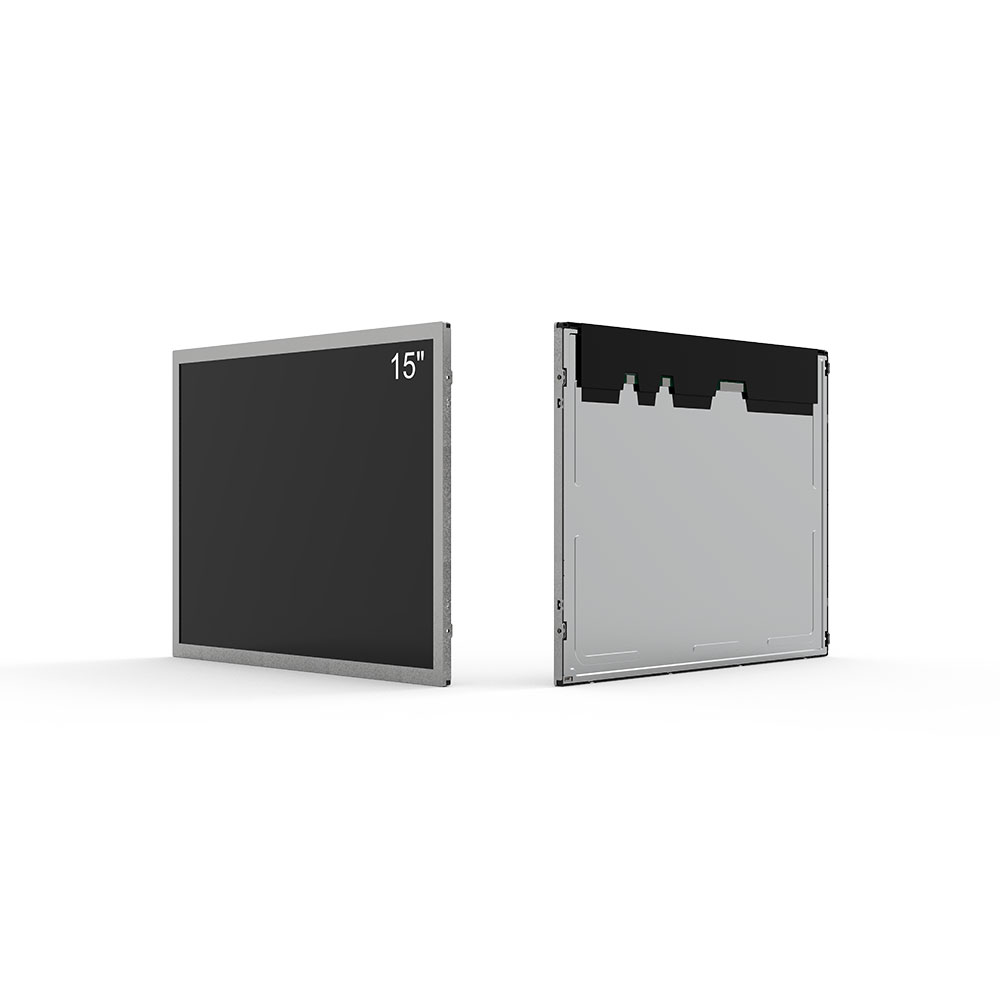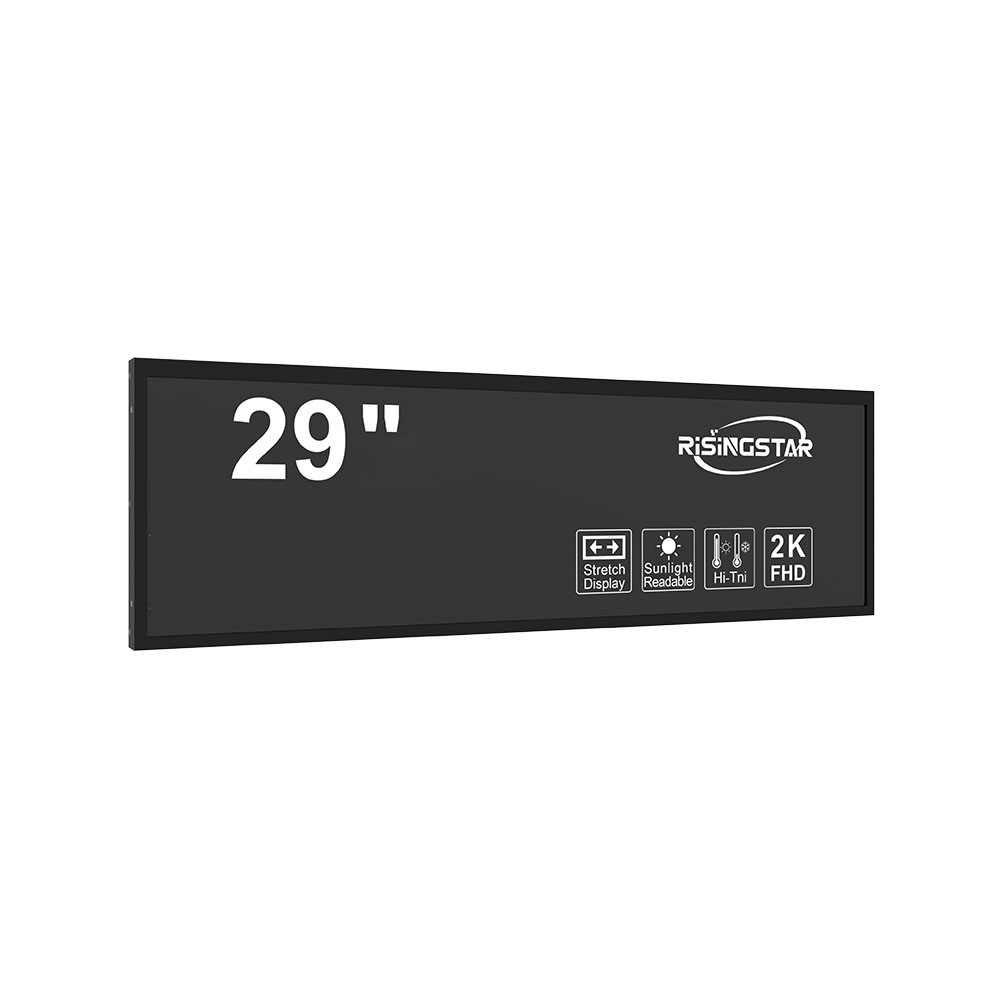In the design and manufacturing of high-brightness sunlight-readable LCD screens—commonly used in military, industrial, and outdoor applications—the IP66 waterproof rating is a critical specification that ensures reliability under harsh environmental conditions. The IP (Ingress Protection) rating system, defined by the International Electrotechnical Commission (IEC 60529), classifies the degree of protection provided against solid objects (like dust) and liquids (like water). An IP66 rating means the device is completely protected against dust (6) and can withstand powerful water jets from any direction (6)—a standard increasingly demanded by users in marine, automotive, and defense sectors.
To achieve IP66 compliance, manufacturers must integrate robust sealing techniques throughout the entire display assembly. This begins with the use of UV-curable or silicone-based gaskets around the edges of the LCD panel, ensuring no moisture ingress at seams. Advanced optical bonding methods, such as using transparent adhesives like polyurethane or epoxy, not only enhance brightness and reduce glare but also provide an additional moisture barrier between the glass cover and the LCD panel itself. These bonded layers prevent condensation and protect internal electronics from humidity, especially critical when operating in tropical or humid environments.

The housing design must also be carefully engineered. Aluminum or stainless steel enclosures are preferred over plastic due to their superior mechanical strength and corrosion resistance. Seams between panels and bezels should feature O-rings or gasketed joints that meet MIL-STD-810 standards for vibration and impact resistance. Additionally, all connectors—including power, data, and control interfaces—must be sealed with IP67-rated connectors or use conformal coating on printed circuit boards (PCBs) to resist water penetration. For example, companies like Eizo and LG have implemented modular IP66-compliant housings in their ruggedized displays used in offshore oil platforms and UAV ground control stations.

Case studies validate the effectiveness of these methods. In one deployment by a U.S. Navy contractor, a high-brightness LCD screen rated IP66 was installed on a naval vessel’s bridge control system. Despite continuous exposure to saltwater spray and heavy rain during operations in the Pacific Ocean, the unit maintained full functionality for over 3 years without maintenance. Similarly, in industrial settings such as mining equipment dashboards, IP66-rated screens from manufacturers like COTS and BAE Systems have demonstrated durability in dusty, wet conditions where standard commercial displays would fail within weeks.
Compliance testing is rigorous and must be performed per IEC 60529 standards. Dust resistance is verified using a standardized dust chamber test (duration: 8 hours), while water jet resistance involves exposing the unit to 60 liters of water per minute at 100 kPa pressure from multiple angles for 3 minutes each. Only after passing both tests can a product officially bear the IP66 label.
In conclusion, achieving IP66 waterproofing in high-brightness sunlight-readable LCDs requires a holistic approach—from material selection and optical bonding to structural integrity and rigorous testing. As industries push for more reliable, long-life outdoor displays, this level of protection is no longer optional—it’s essential for mission-critical performance in extreme environments.

2025-07-31
2025-10-13
乗客情報システム向けの高明るさ屋外LCDディスプレイによる公共交通機関の強化2025-10-06
屋外高明度LCD乗客情報ディスプレイによる公共交通機関の強化2025-09-24
デジタルサイネージおよび商業ディスプレイのための屋外LCDストリップスクリーンシリーズ